The Importance of Rain Gear in Construction
It's not a rare sight -- burly construction workers battling the elements, whether it's pelting sheets of rain or slippery mud pools that can turn a construction site into a dangerous quagmire. However, a critical yet often overlooked aspect of ensuring safety and efficiency on such sites is the right rain gear. So why is rain gear so essential in construction work? Let's delve into the importance of rain gear, starting with its role as a protector against weather elements, then its health and safety benefits, and ending with how it can enhance productivity and efficiency.
Protection against Weather Elements
Rain gear serves as the first line of defense against inclement weather for construction workers. Appropriate waterproof clothing can shield workers from the adverse effects of rain, such as:
- Preventing hypothermia by keeping them dry
- Reducing the risk of slips and falls by providing better grip on wet floors
- Keeping their tools and equipment safe and dry to prevent rust and damage
Like an unsung hero, effective rain gear ensures that the work continues unabated, even when others might retreat indoors seeking warmer climes.
Health and Safety Benefits
Health and safety are crucial considerations on any construction site. The right rain gear does more than just keep workers dry; it contributes to their overall well-being. Here are some health benefits that rain gear provides:
- Reduces the risk of catching a cold or other diseases caused by prolonged exposure to damp and cold conditions
- Provides visibility in foggy or stormy weather, making workers easily identifiable and thus preventing accidents
- Shields workers from potential skin ailments due to exposure to wet conditions
Ignoring the importance of proper rain gear can compromise workers' health and safety, which, in turn, can lead to potential legal liabilities for the construction company.
Productivity and Efficiency Advantages
Rainy or not, deadlines need to be met in the world of construction. The right rain gear can significantly enhance productivity and efficiency in many ways:
- Workers, when shielded from harsh weather, can work longer and maintain better concentration
- Downtime due to weather conditions is reduced significantly
- Both morale and job satisfaction improve when workers are well-equipped and comfortable
In effect, the correct rain gear can result in a more efficient work schedule and a more profitable endeavor overall.
Without a doubt, rain gear is an indispensable tool in a construction worker's toolkit. Harnessing its potential can lead to a safer, healthier, and more productive work environment. So the next time you see construction workers toiling away despite the rain, remember that it's their trusty rain gear making that possible.
Key Features of Quality Rain Gear
No one likes to get caught in the rain unprepared. Whether you're an outdoor enthusiast, a city dweller or a countryside dweller, quality rain gear is a must-have. The right rain gear can keep you dry, warm, and comfortable in even the heaviest downpours. But not all rain gear is created equal. There are several key features you should consider when looking for the best rain gear for your needs.
Waterproof Capabilities
Waterproof capabilities sit at the top in the list of features to look for in quality rain gear. After all, the primary purpose of such gear is to keep the water out. You not only want a product that is manufactured using waterproof material, but also one that has been designed in a way that prevents water from seeping in at the seams or through zippers.
- Material: The type of material plays a big role in the gear's ability to repel water. Polyester and nylon coated with waterproof substances are commonly used.
- Design: Aside from the material, the design of the gear should prevent water passage. Taped seams and waterproof zippers are essential elements.
Durability
You don't want to invest your money into rain gear that falls apart after a few uses. Rain can be unrelenting and rough, and your gear needs to be strong enough to withstand these conditions over time. Look for high-quality construction and materials. While these items might be a bit more expensive, they are likely to last much longer, providing value for money.
Comfort and Fit
You may have the most waterproof and durable rain gear, but if it isn't comfortable or doesn't fit you properly, it won't be of much use. Make sure to consider the following:
- Breathability: Quality rain gear should not only keep moisture out, but also let sweat vapor escape. This prevents you from getting clammy and uncomfortable during physical activities.
- Size: Whether you plan to wear your rain gear over other clothing layers or not, it should offer a good fit. It should be neither too tight (restricting movement) nor too loose (allowing water to get in).
Visibility Features
For those venturing out in low-light rainy conditions, visibility is a critical safety feature. Look for rain gear with reflective accents. Those bright stripes you see on some rain gear aren't just for show; they help make you more visible to motorists and other pedestrians on gloomy, cloudy days, or at night.
Selecting the right rain gear requires some research and a consideration of your individual needs. By focusing on these key features - waterproof capabilities, durability, comfort, and visibility - you'll be more likely to find the gear that will keep you dry and comfortable, no matter what Mother Nature throws your way.
Choosing the Right Rain Gear for Construction
Working in construction comes with its share of challenges and one of these is unpredictable weather conditions. Being prepared for changes in weather, especially rain, is an essential part of the construction worker's routine. Having the correct rain gear not only protects the body from getting drenched but also prevents potential work-related injuries. Hence, choosing the right rain gear for construction is a topic that seriously needs to be addressed.
Assessing the Weather Conditions
The first step in picking out the correct rain gear involves a thorough assessment of weather conditions. Climate varies dramatically from region to region, with some places experiencing heavy monsoons while others deal with occasional drizzles. Before making a purchasing decision, understanding the usual weather patterns of the job location is crucial.
- Heavy rain and storms: Heavy-duty rain gear made of water-resistant materials such as PVC and polyester is preferable. These materials provide superior protection against rain and are durable enough to survive harsh conditions.
- Light rain: In areas where rain is light but frequent, breathable rain gear that wicks moisture away from the body is recommended. Nylon and Gore-Tex are popular choices for this kind of gear.
Understanding Construction Needs
Just as weather conditions differ, so do the requirements of each construction job. Some roles may require heavy lifting and climbing, while others might involve more stationary tasks. The ideal rain gear should meet job-related requirements without hindering movement or performance.
- Solitary jobs: For those who mostly work alone or in wide-open spaces, bulky rain gear might not be an issue. They could opt for heavier-duty, less flexible equipment that ensures high-level water protection.
- Teamwork: Those who work closely with others might prefer lighter, more flexible options that allow for better mobility.
Balancing Cost and Quality
As the saying goes, 'another man's trash is another man's treasure' - what might be an expensive rain gear for one person, could be a lifesaver for another. When it comes to balancing the cost and quality of rain gear, individuals have varying degrees of satisfaction.
- High-priced gear: Typically, high-priced gear comes with benefits: it usually has longer durability, better water-resistance, and often more features. But not everyone needs all of these perks.
- Budget-friendly gear: On the flip side, budget-friendly gear may not last as long, but it offers decent protection against the rain, which might be enough for some workers.
Ultimately, choosing the right rain gear for construction work involves understanding your personal needs, job requirements, and willingness to invest. Making smart, informed choices will not only pay off in the long run by providing adequate protection against the elements but will also ensure day-to-day comfort and safety at work. Now that, truly, is an indispensable piece of professional advice. Bank on it!
Maintenance and Care for Rain Gear
Do you ever wonder what maintains the fresh and efficient look of a rain garment even after several downpours? While the design and material play a crucial role, ongoing maintenance also contributes significantly. Caring for your rain gear is not as hard as you’d imagine; a little upkeep can significantly extend the life of your gear, saving you time and money in the long run. This section will provide you with a comprehensive guide on the proper cleaning, safe storage, and regular inspection and replacement of rain gear.
Proper Cleaning
The first step in maintaining your rain gear is regular and proper cleaning. This procedure will not only keep your attire looking great but also enhance its functionality by ensuring the waterproof membrane remains efficient.
- Hand washing: Despite the prevalent wave of machine washing, it's advisable to hand wash your rain gear. This method is gentle and reduces the risk of damaging your gear.
- Mild detergents: Always use mild detergents when washing your rain gear. Powerful detergents could degrade the gear’s waterproof membrane.
- Rinse thoroughly: Ensure you thoroughly rinse your gear to get rid of all detergent remains, as they could affect its waterproof capabilities.
Safe Storage
Safe storage is another aspect to consider if you want to preserve and extend the longevity of your rain gear.
- Dry completely: Always ensure your rain gear is completely dry before storing it. A damp environment encourages mold growth, which can damage your outfit.
- Loose packing: Pack loosely. Tight packing for a long time can cause wrinkles and creasing, which may cause the garment to lose its shape.
- Avoid direct sunlight: When drying your gear, keep it away from direct sunlight. Sunlight can fade the gear's color and affect the fabric’s integrity.
Regular Inspection and Replacement
Regularly inspect your rain gear to identify and rectify any issues early.
- Inspect for damage: Check for holes, loose seams, or any signs of wear and tear. These create potential points of entry for water.
- Repair promptly: If you find any damage, make sure to repair it promptly.
- Identify decline in effectiveness: Should you notice the rain gear isn’t as effective at keeping you dry as it used to be, it may be time for a replacement.
In a nutshell, taking proper care of your rain gear doesn’t have to be a daunting task. With a keen focus on cleaning, storage, and regular inspection, you can conveniently prolong the lifespan and effectiveness of your gear. Protect yourself from the rain, but remember: your gear needs protection too!
Consequences of Neglecting Quality Rain Gear
When it comes to dealing with unpredictable weather conditions, well-designed rain gear forms an essential part of your arsenal. Unfortunately, this is often overlooked, resulting in a variety of negative consequences. Understanding these adverse effects can underscore the importance of investing in appropriate, high-quality rain gear, whether you're an avid adventurer or a professional working in adverse weather conditions.
Potential Health Risks
Ignoring the need for quality rain gear can put you at risk of various health issues. These curated wellness concerns include:
- Hypothermia: Exposure to the cold and wet environment can lead to hypothermia, a condition where the body’s temperature falls below normal levels.
- Weakened Immune System: Constantly being wet and cold might weaken your immune system, making you more susceptible to colds and flu.
- Fungal Infections: Wearing wet clothing for too long can create a breeding ground for fungus, leading to skin disorders such as athlete's foot or jock itch.
"Preparation is the best medicine," as the saying goes. Therefore, prioritizing quality rain gear is imperative to protect your health, particularly during the rainy season.
Impeded Work Performance
Professionals working outdoors routinely—like construction workers, landscapers, and law enforcement officers—cannot allow rain to slow down their pace. However, without quality rain gear:
- Duty Fulfillment gets Hindered: The discomfort of being wet can distract workers from their duties, decreasing overall productivity.
- Effective Decision Making gets Impaired: The physical discomfort and potential hypothermia can cloud thinking, hindering decision-making abilities.
- Potential for Accidents Increases: Slips, trips, and falls become more frequent on wet surfaces, leading to work-related injuries.
Acquiring efficient rain gear will not only keep your teams dry and comfortable but can also enhance productivity by reducing unseen operational hurdles.
Increased Operational Costs
Lastly, cutting corners on rain gear might seem like a saving, but it can lead to increased operational costs in the long run. Low-quality gear wears out faster, requiring frequent replacements. Plus, the potential health risks and decreased productivity among employees could lead to considerable financial drain.
Investing in quality rain gear, on the other hand, offers longevity, reliability, and comfort, proving to be a cost-efficient decision for individuals and businesses alike.
In essence, neglecting quality rain gear rolls out a host of potential problems from health hazards to decreased work productivity and escalating operational costs. Adequate preparation with quality gear can save more than just a rainy day; it very well may save your health, sanity, and bottom line.
Conclusion
Navigating the demanding terrains of construction work calls for the protection that only quality rain gear can afford. Quality and functionality should be the yardstick while selecting rain gear, considering the direct correlation to health, safety, and overall productivity.
It's wiser to invest in a top-tier product like Hurricane Raingear that will serve the dual purpose of protection from elements and overall comfort. This choice could mark the difference between merely getting by and executing responsibilities effectively while braving the elements.
While we have established the importance and benefits of high-quality rain gears, it's equally vital to dedicate time and effort to their maintenance, ensuring longevity and consistent performance.
In retracing our conversation, remember that neglecting quality gear comes with potential health risks, impeded work performance, and increased operational costs.
In essence, choosing rain gear isn't just about beating the weather, but doing so in a manner that supports optimal performance and health. Looking for top-quality rain gear for construction work? Look no further, for Hurricane Raingear has got you covered!
Frequently Asked Questions
-
What is the importance of using quality rain gear in construction work?
Using quality rain gear in construction work is important because it helps protect workers from rain, moisture, and wet conditions. It keeps workers dry and comfortable, preventing them from getting sick or experiencing discomfort while working.
-
What are some examples of quality rain gear for construction work?
Some examples of quality rain gear for construction work include waterproof jackets, pants, rain boots, waterproof gloves, and hats with wide brims to keep rain off the face.
-
How does using quality rain gear improve worker safety on construction sites?
Using quality rain gear improves worker safety on construction sites by reducing the risk of slip and fall accidents caused by wet surfaces. It also enhances visibility, as many rain gear items have reflective elements that make workers more noticeable in low visibility conditions.
-
Can wearing low-quality rain gear have negative impacts on construction work?
Yes, wearing low-quality rain gear can have negative impacts on construction work. It may not effectively repel water, leaving workers wet and uncomfortable. It can also be less durable and prone to tearing, reducing its effectiveness over time.
-
How should I choose the right rain gear for construction work?
When choosing rain gear for construction work, look for durable and waterproof materials, such as PVC or Gore-Tex. Ensure that the gear is the correct size and provides enough ventilation to prevent overheating. Read reviews and consider recommendations from other construction professionals to make an informed decision.







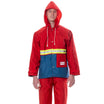
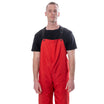
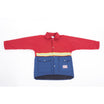
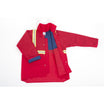

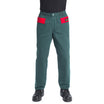
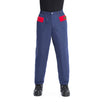
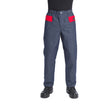
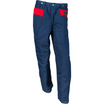
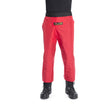
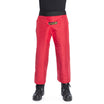
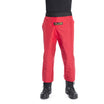
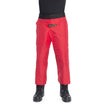
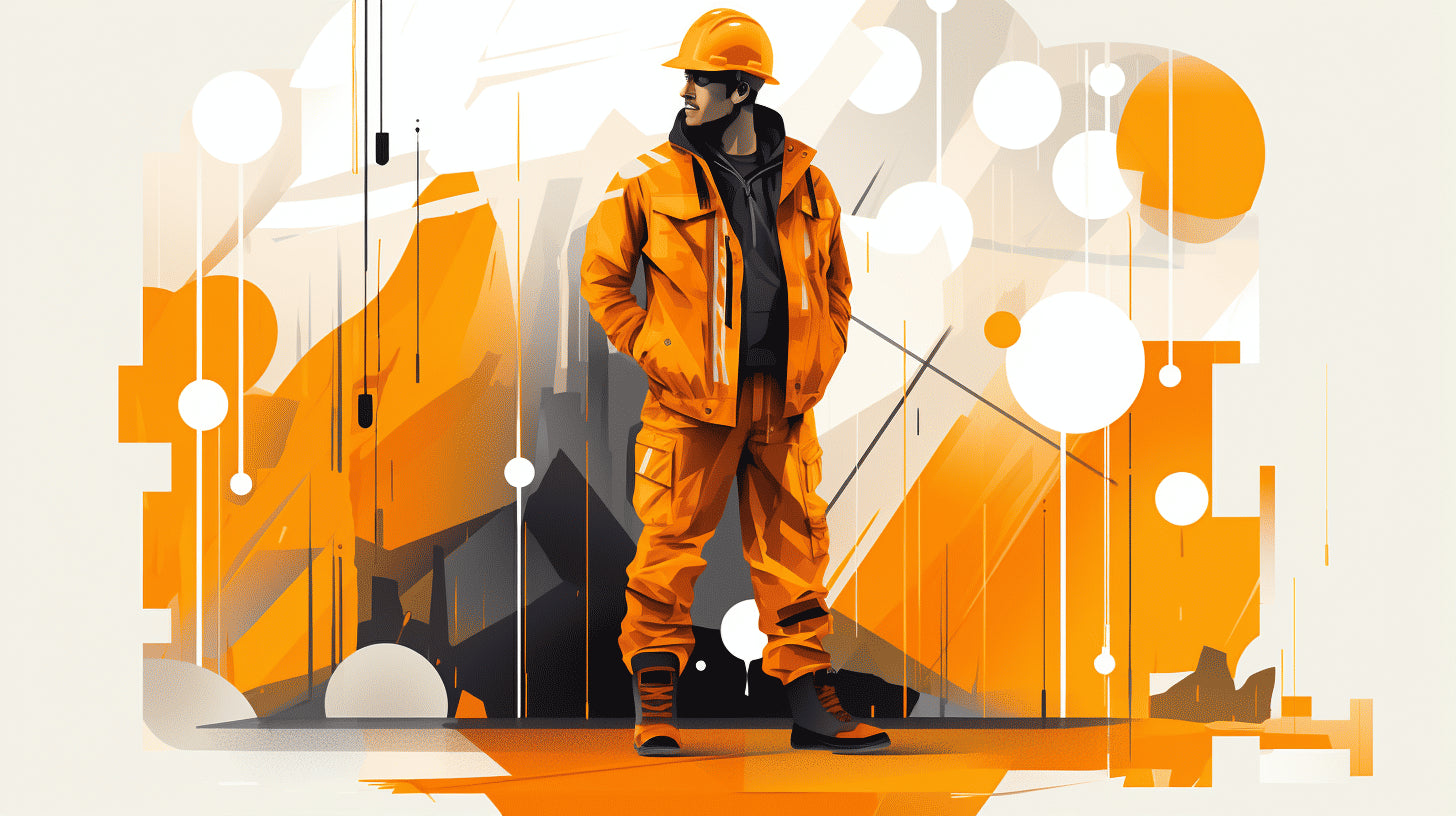
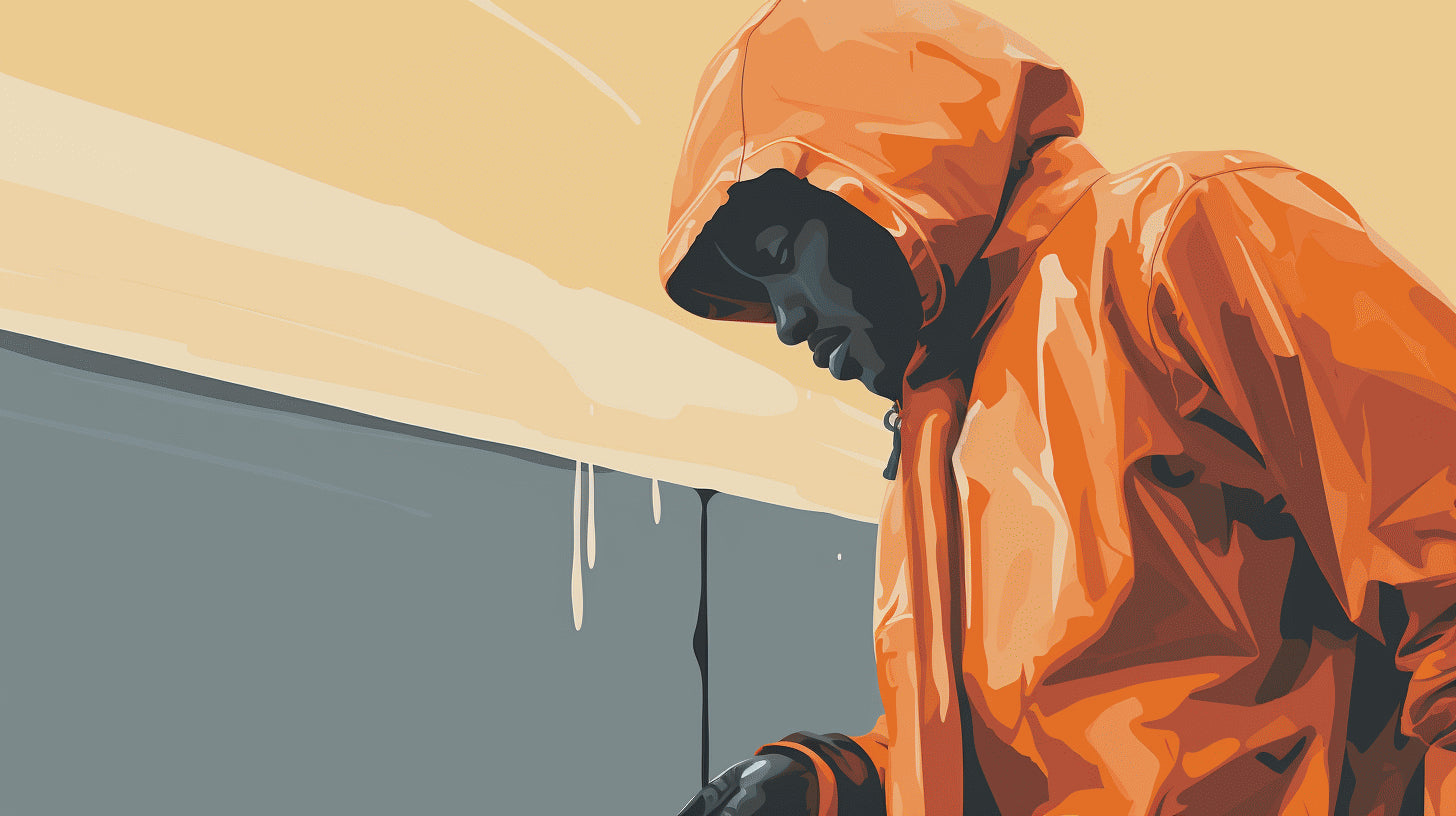
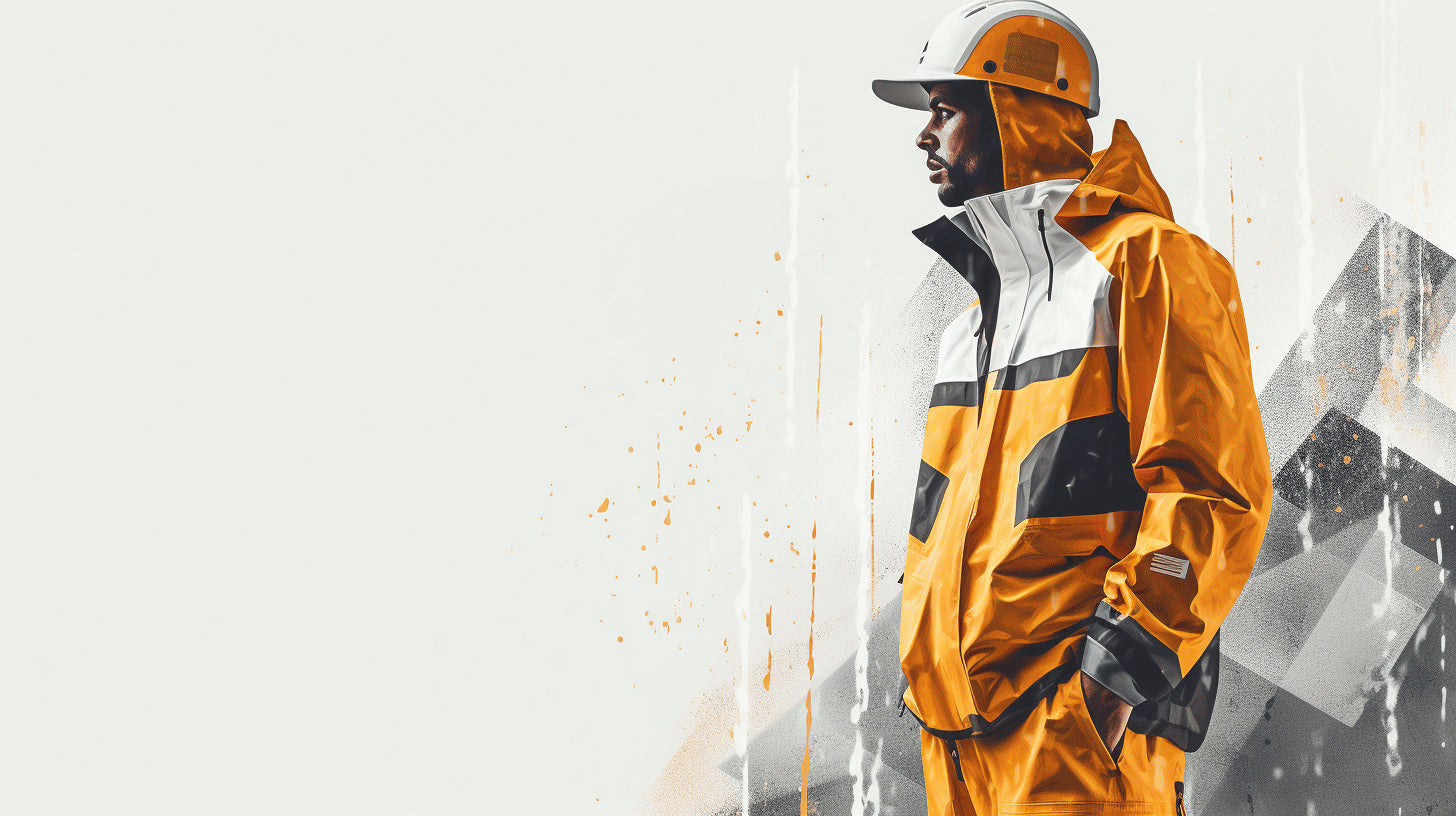
Leave a comment
This site is protected by hCaptcha and the hCaptcha Privacy Policy and Terms of Service apply.